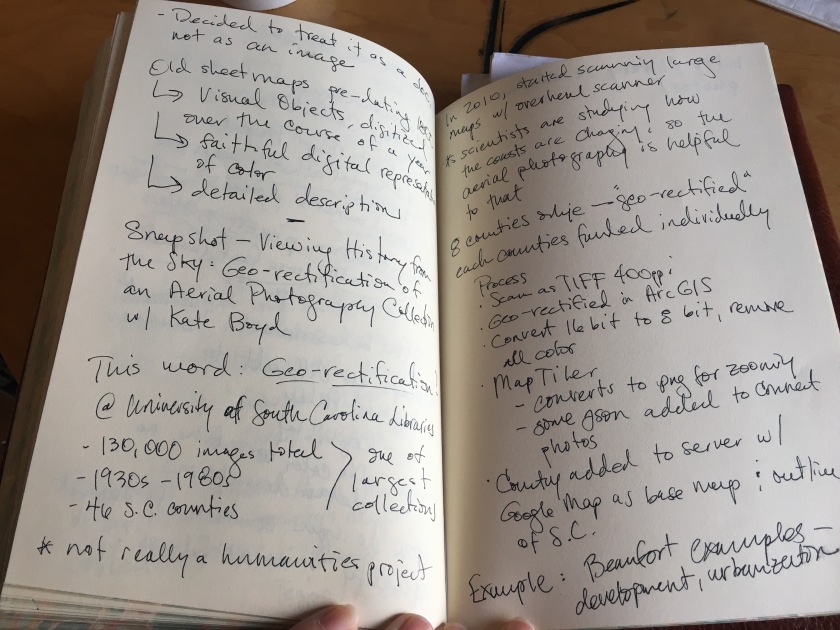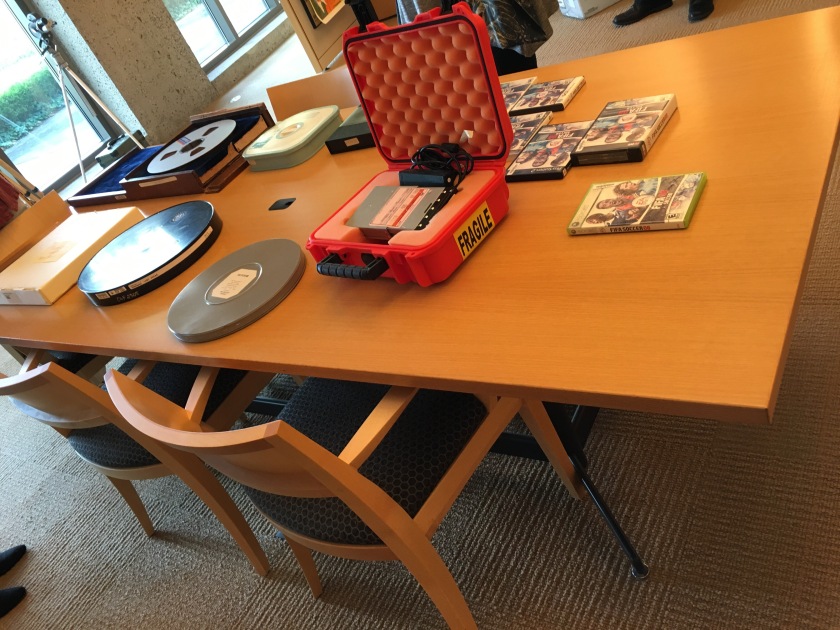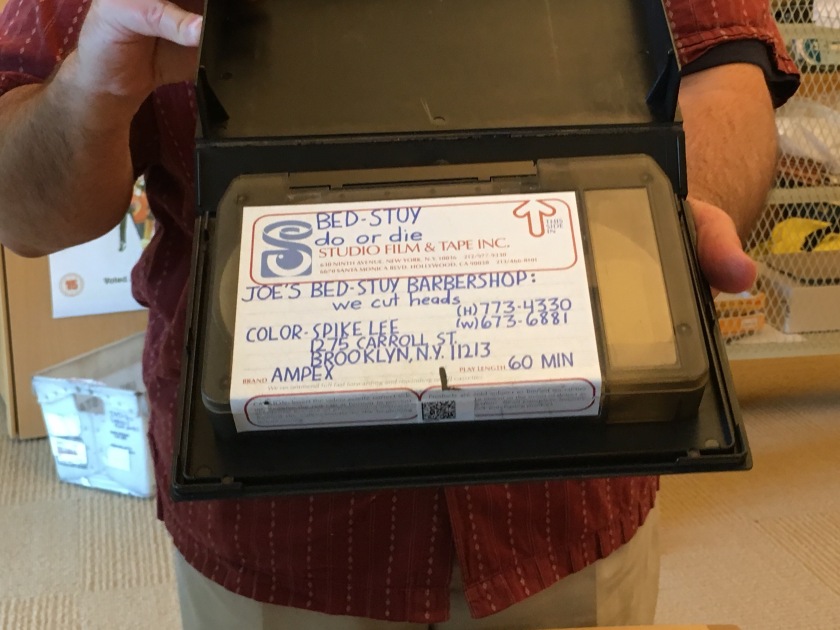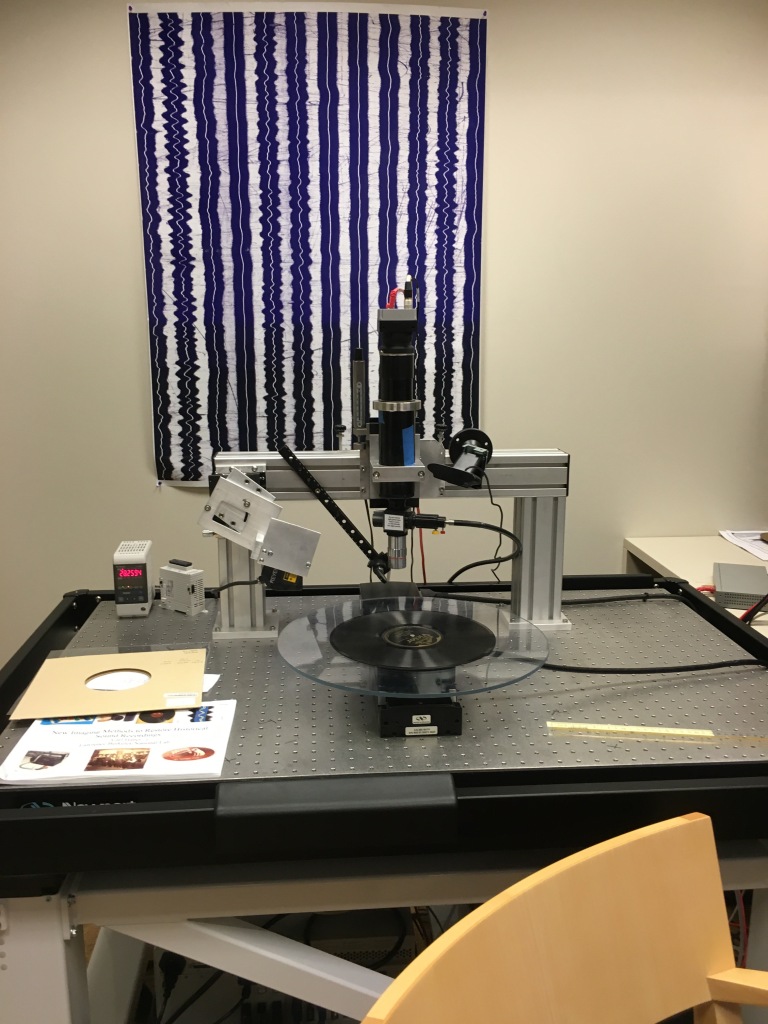Yesterday, I attended the following sessions, in addition to the morning keynote, at the #DLFforum in Milwaukee and gave my lightning talk about OFFSET.
Library of Congress
Photos from Digitizing the Cultural Record Field Trips
Objects, Project Narrative, ResearchThe following photos are from visits the June 2016 Digitizing the Cultural Record class at the Rare Book School took to the University of Virginia Library’s Digital Curation Services, the audio/visual collections of the Library of Congress (LoC) Packard Campus, and the mass digitization of botanical collections at the Smithsonian Natural History Museum.
Notes from Digitizing the Cultural Record at the Rare Book School
Offset, Project Narrative, Research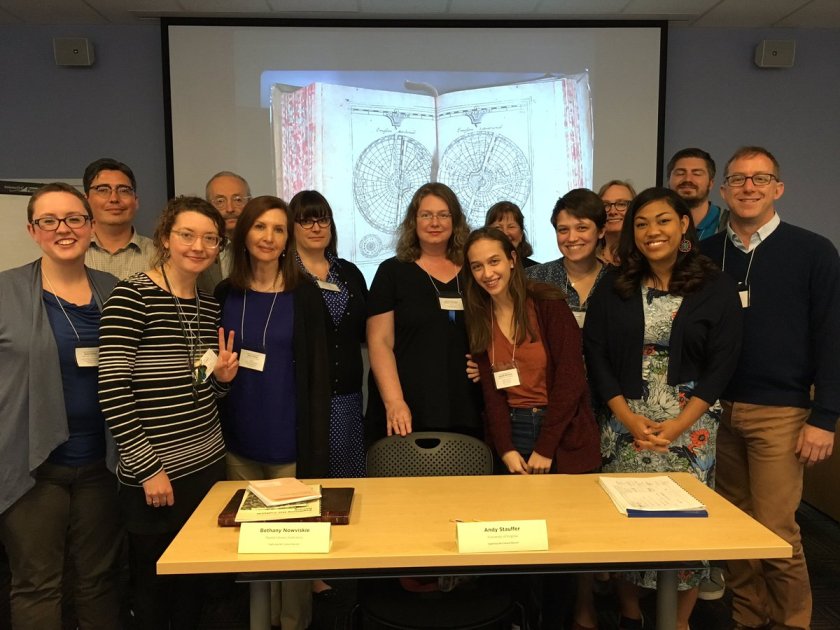
The June 2016 class of Digitizing the Cultural Record taught by Dr. Bethany Nowviskie (center) and Dr. Andrew Stauffer (far right), Rare Book School, University of Virginia.
Last month, I attended the Digitizing the Cultural Record class taught by Bethany Nowviskie and Andrew Stauffer at the Rare Book School down at the University of Virginia. It was an incredible class with an incredible group of people with many different backgrounds and expertise, from archivists to medieval literature scholars, book artists to librarians. The class offered a great deal of language to talk about my digitization project as well as leads for research, technology, and similar projects. I have copied the course reading list below in case future offerings of the class assign different texts.
Please review all readings, but feel free to skim or dig in as most interests you. We will gear class discussion toward the readings that capture the group’s imagination.
Berthoud, Heidy, et al. Zine Librarians Code of Ethics. November 2015.
Brylawski, Sam, et al. ARSC Guide to Audio Preservation. Council on Library and Information Resources. May 2015. Read Chapter 1, “Preserving Audio,” pp. 1–13.
Clough, G. Wayne. Best of Both Worlds: Museums, Libraries, and Archives in a Digital Age. Smithsonian Institution, 2013.
Dempsey, Lorcan et al. “Collection Directions: Some Reflections on the Future of Library Collections and Collecting.” portal: Libraries and the Academy 14:3 (2014). Read pp. 393–423.
Digital Library Federation. “Digitizing Special Formats” wiki.
Digital Library Federation and DLF Assessment Working Group. Surveying the Landscape: Use and Usability Assessment of Digital Libraries. December 2015.
Digital Public Library of America. “New Self-Guided Curriculum for Digitization.” (October 2015)
Furlough, Mike. “Sepulchres,” an updated and abbreviated version of “What We Talk About, When We Talk About Repositories.” Reference & User Services Quarterly 49:1 (September 2009): 18–23, prepared for Hacking the Academy.
Garrett, Jesse J. The Elements of User Experience: User-Centered Design for the Web. New Riders, 2002. Read Chapter 2, “Meet the Elements.”
Hancock, Charity, Kari Kraus, et al. “Bibliocircuitry and the Design of the Alien Everyday.” Textual Cultures 8:1 (2013): 72–100. Available for download via http://www.karikraus.com/?p=334.
Henry, Charles. “Culture Under Threat and Digital Libraries,” CLIR Re:Thinking Blog (October 2015).
Kirschenbaum, Michael and Sarah Werner. “Digital Scholarship and Digital Studies: The State of the Discipline.” Book History 17 (2014): 406–58.
Levine-Clark, Michael. “Access to Everything: Building the Future Academic Library Collection.” portal: Libraries and the Academy 14:3 (2014): 425–37.
Meyer, Robinson. “What Good is a Library Full of Dead Plants?” The Atlantic. 18 March 2016.
Radford, Gary P. et al. “Alternative libraries as discursive formations: reclaiming the voice of the deaccessioned book.” Journal of Documentation 68:2 (2012): 254–67.
Robertson, Tara. “Digitization: Just Because You Can, Doesn’t Mean You Should.” 15 April 2016.
Scholarly Communication Institute 9 Report: “New-Model Scholarly Communication: Road Map for Change.” University of Virginia. 2011.
McGann, Jerome. “On Creating a Usable Future.” Profession 2011: 182–95.
National Digital Stewardship Alliance. 2015 National Agenda for Digital Stewardship.
Sherratt, Tim. “A Map and Some Pins: open data and unlimited horizons.” 2013. Also see data-enabled version at http://wraggelabs.com/shed/presentations/digisam/#/text.
Theimer, Kate. “What Is the Meaning of Archives 2.0?” The American Archivist 74:1 (Spring/Summer 2011): 58–68.
Treharne, Elaine. “Fleshing out the Text: the Transcendent Manuscript in the Digital Age.” postmedieval: a journal of medieval cultural studies 4:4 (December 2013).
Wooten, Kelly. “Why We’re Not Digitizing Zines.” Duke University Libraries Digital Collections. 21 September 2009.
In addition to our classroom work, we took a field trip that Wednesday to the Library of Congress’s Packard Campus to see their audio/visual digitization projects and storage, the Smithsonian Natural History museum to see the mass digitization of their botanical collection, and then to meet with the employees of CLIR/DLR to discuss funding opportunities and to do a visual thinking exercise with Oliver Bendorf.
Rather than entirely recount my experience in the course, I thought I would share notes taken during the week. Misspellings, non-sequiturs, and obscure associations are all a product of the fervor with which I took in information. Some of the notes are certainly dead ends, while others will likely serve as the foundation for my approach to building and sharing OFFSET: A Poetry Broadside Digitization Project.
Please note that these are not properly scanned images of the notes. These are quick photographs of some of the notes whose inclusion here serves as a way back into the information and ideas of the week, rather than an archive of the notes themselves. At some point in the future, I will scan these notes properly and share them here.

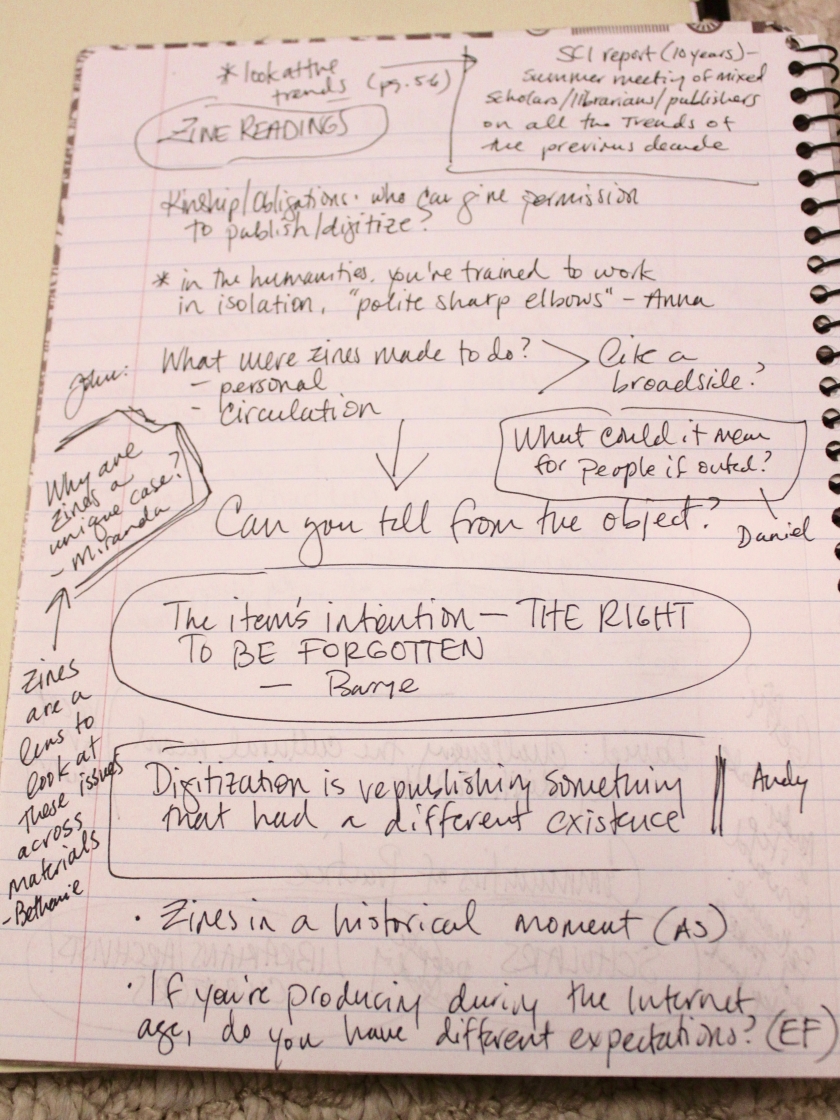



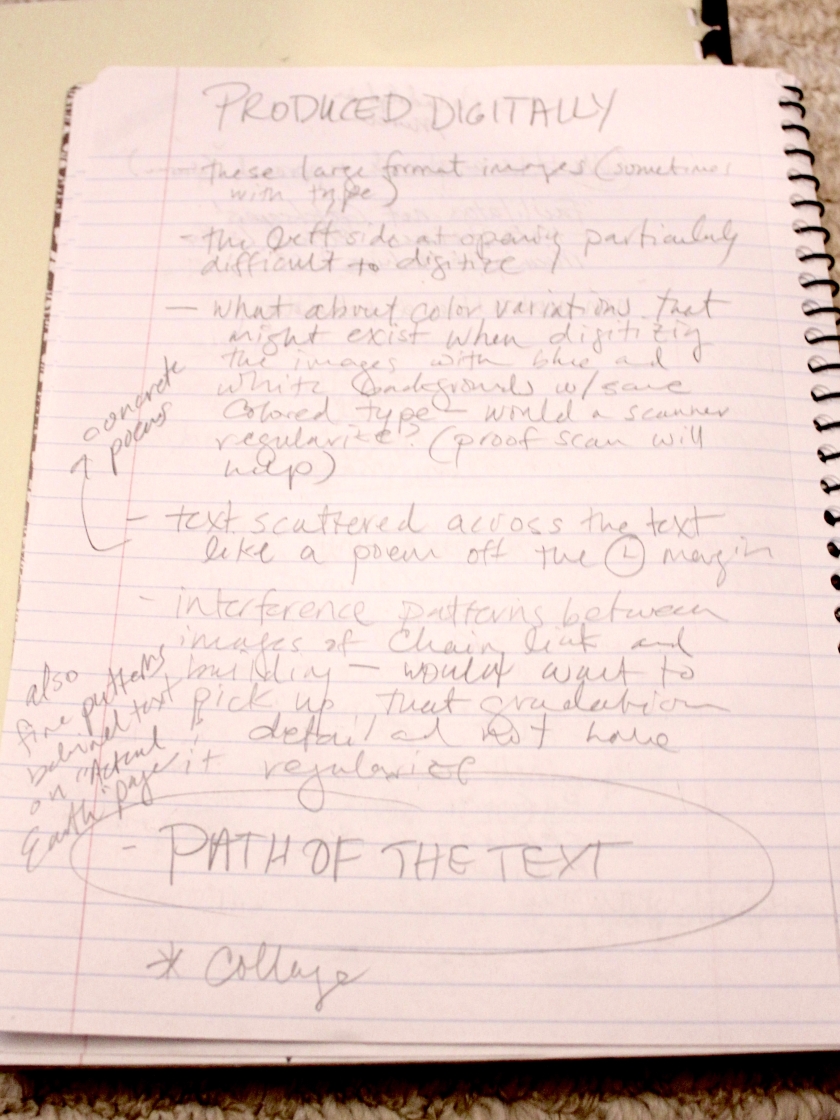
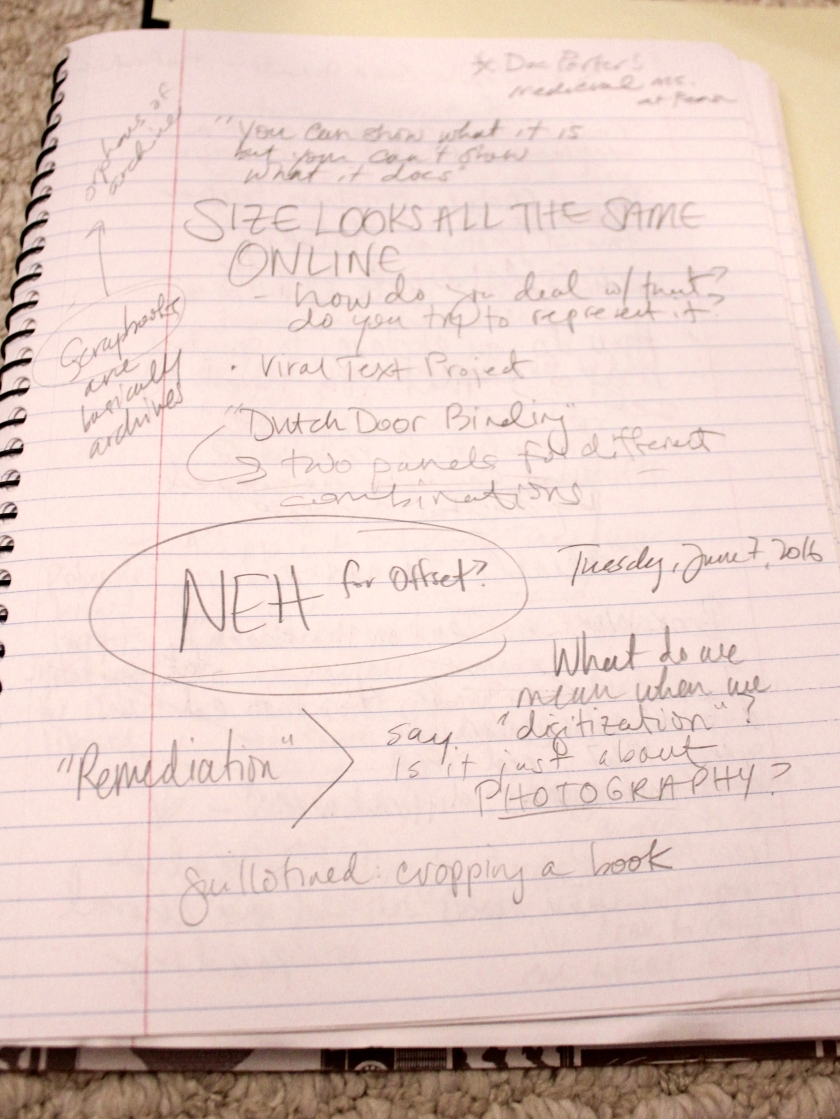

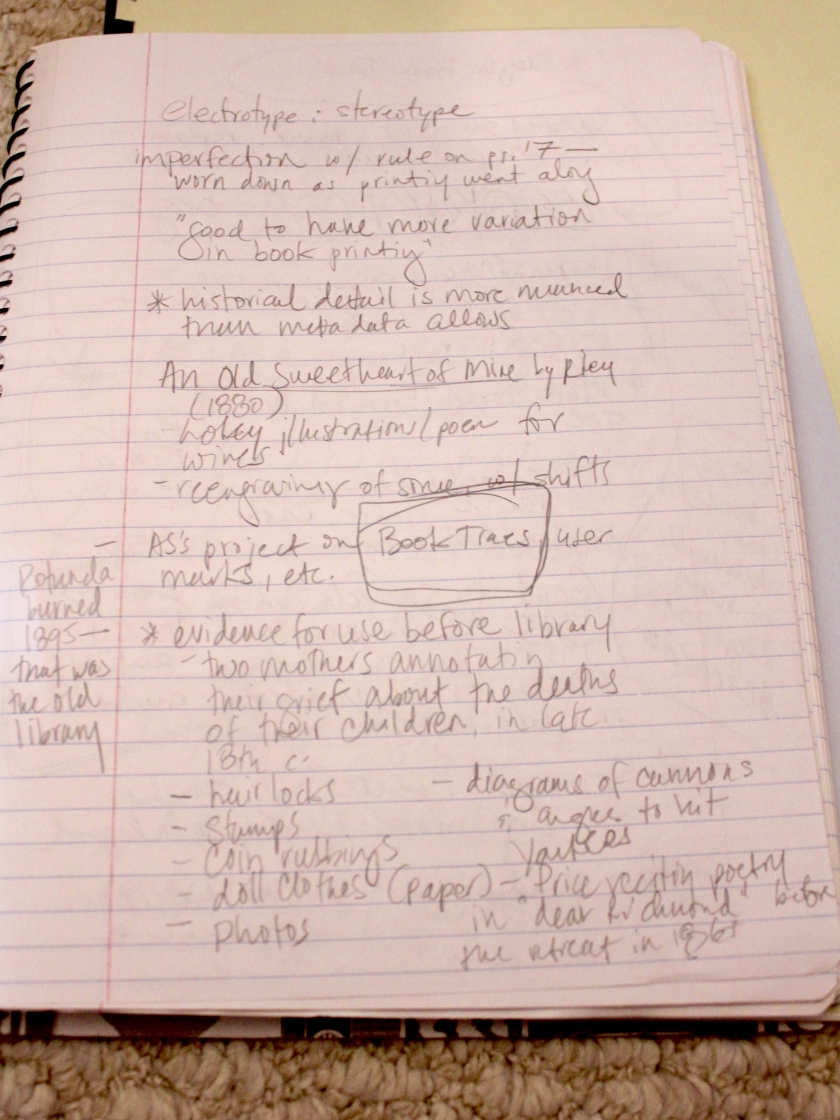

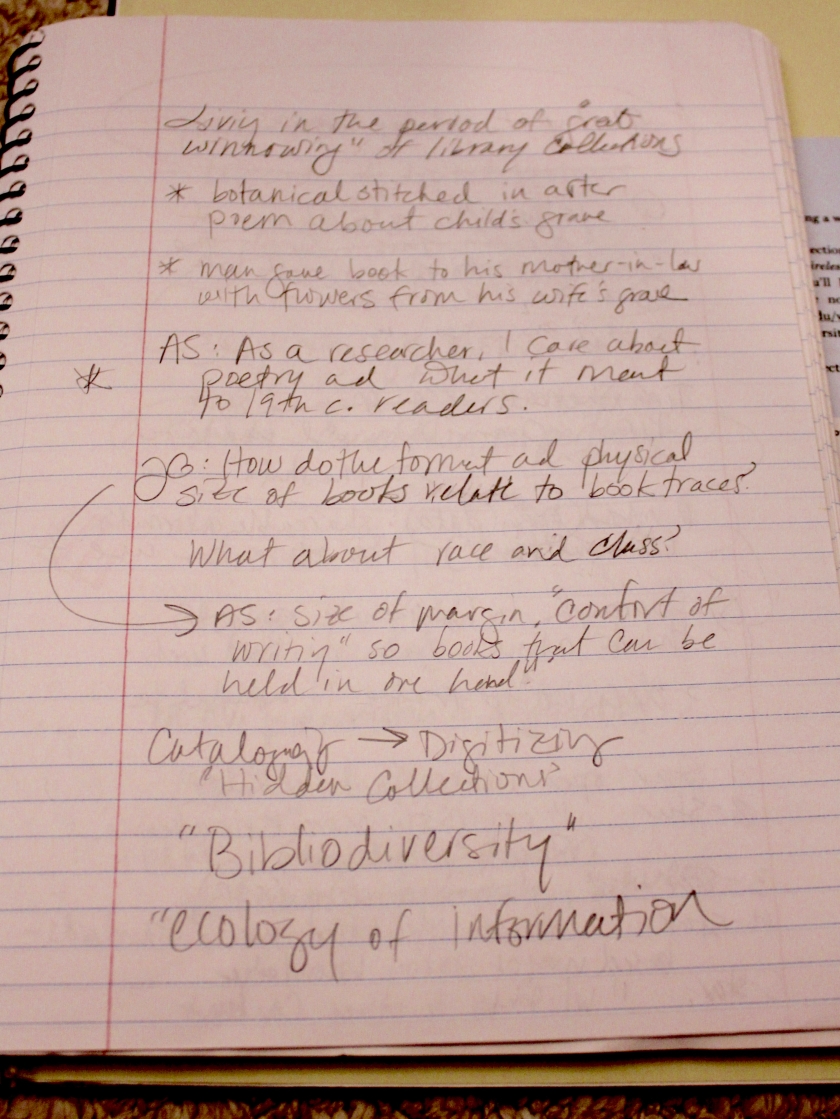
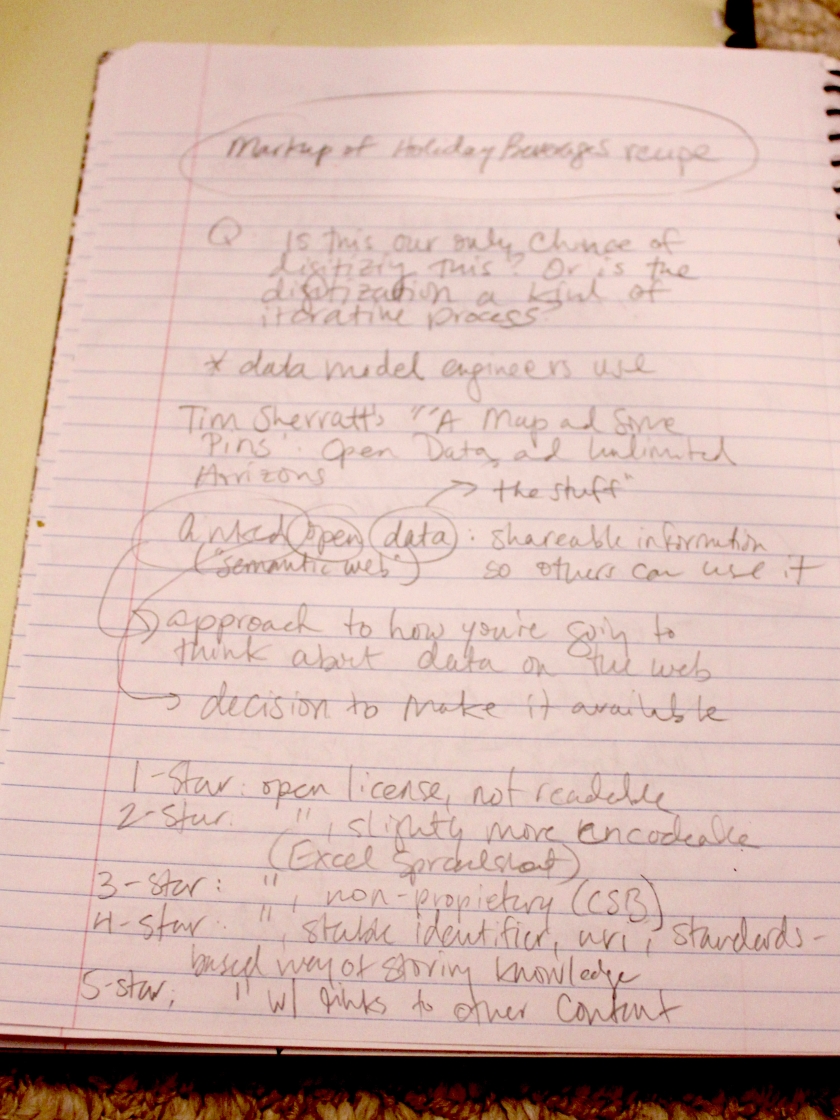
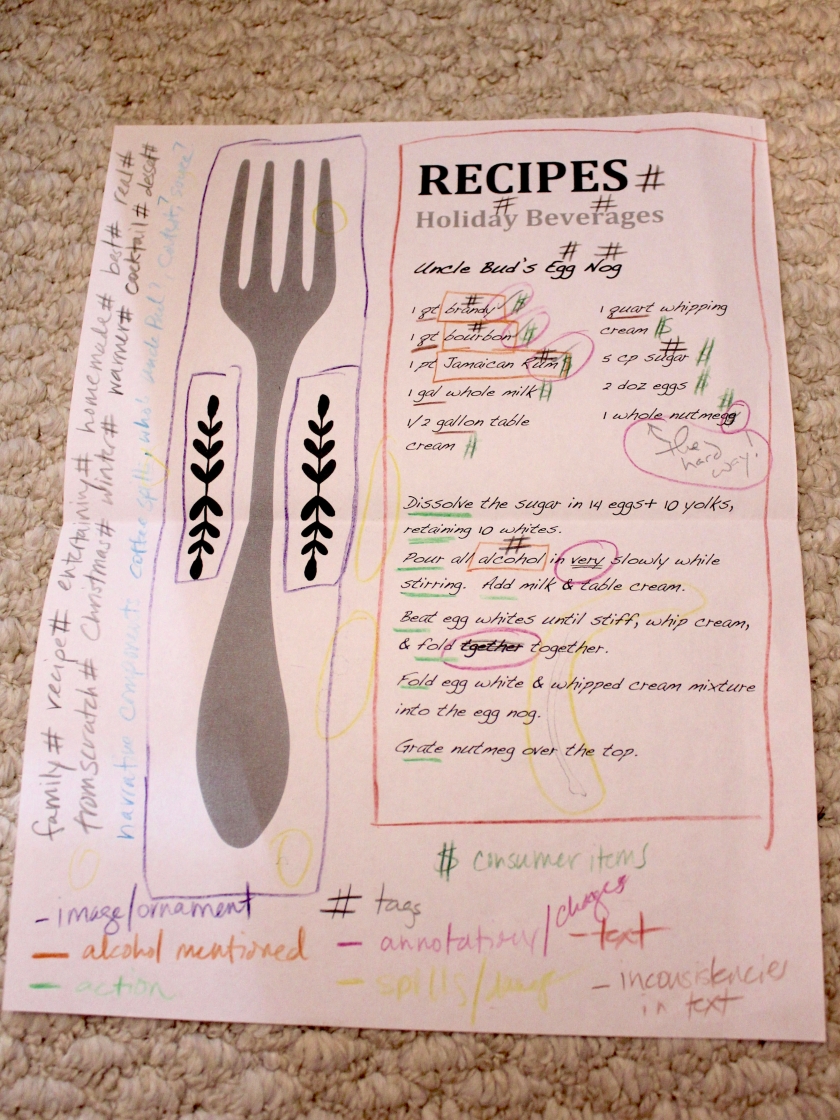




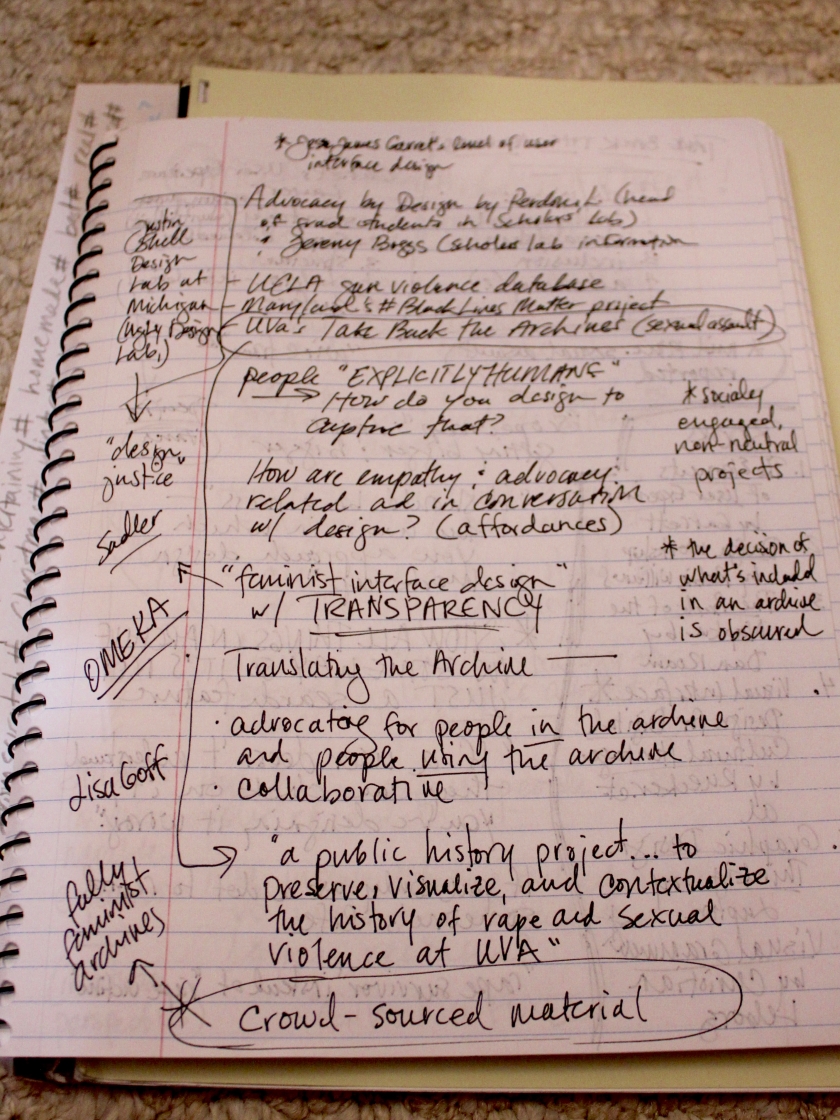
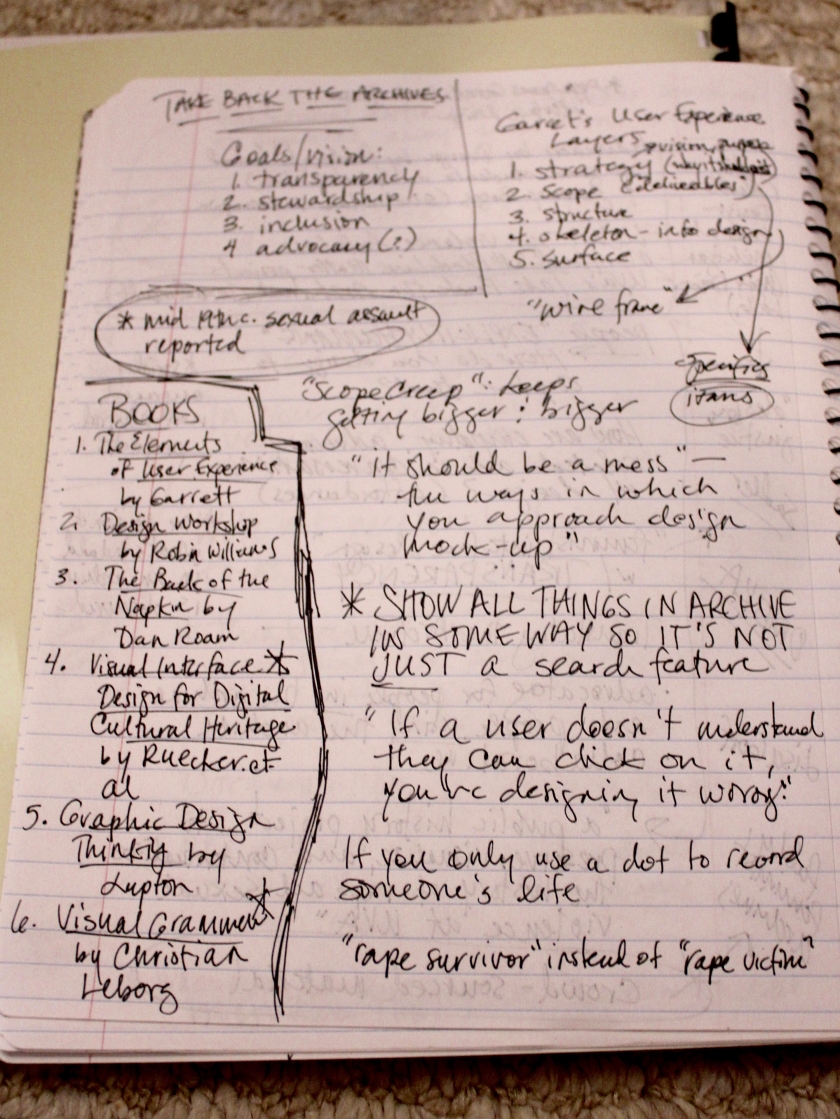


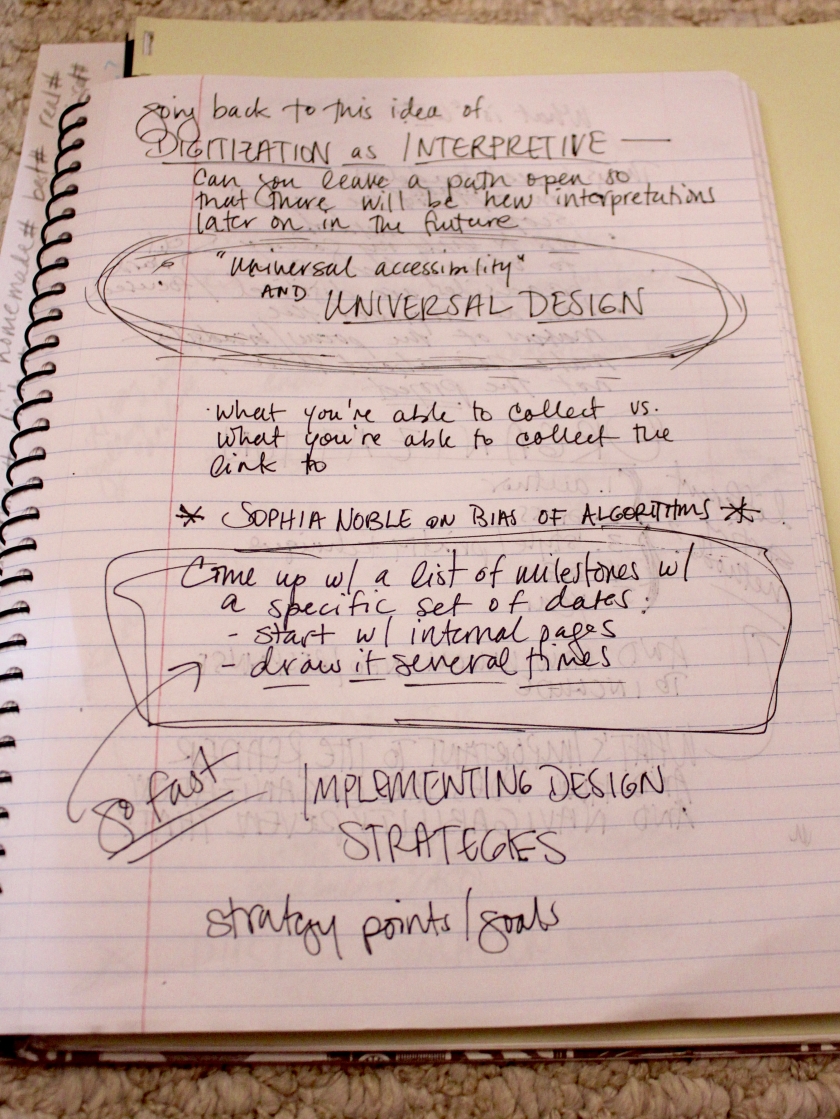


Book Object: The First Book of Printing (1955)
Book ObjectsTitle: The First Book of Printing
Author(s): Sam and Beryl Epstein
Illustrations: Lászlo Roth
Publisher: Franklin Watts, Inc. (New York)
Year: 1955
Edition: First Printing
Miscellaneous Information: “Type set by Kurt H. Volk, Inc. / Printed by Offset Lithography in the United States of American by the Polygraphic Company of America, Inc. / Bound by H. Wolff Book Manufacturing Co., Inc. / Published in Canada by Ambassador Books, Ltd., Toronto 1, Ontario. / Library of Congress Catalog Number: 55-9601”
Purchased: May 2016, Chatham Booksellers, Madison, NJ
Notes: A 1950s children’s primer to printing including chapters on fingerprints, royal seals, The New York Times, the history of printing in China and Europe, Gutenberg, process and practice of setting type, typesetting machines, lithography, paper, and printers’ language. The pages are in great condition, even if the dust jacket is a little scuffed and worn.









